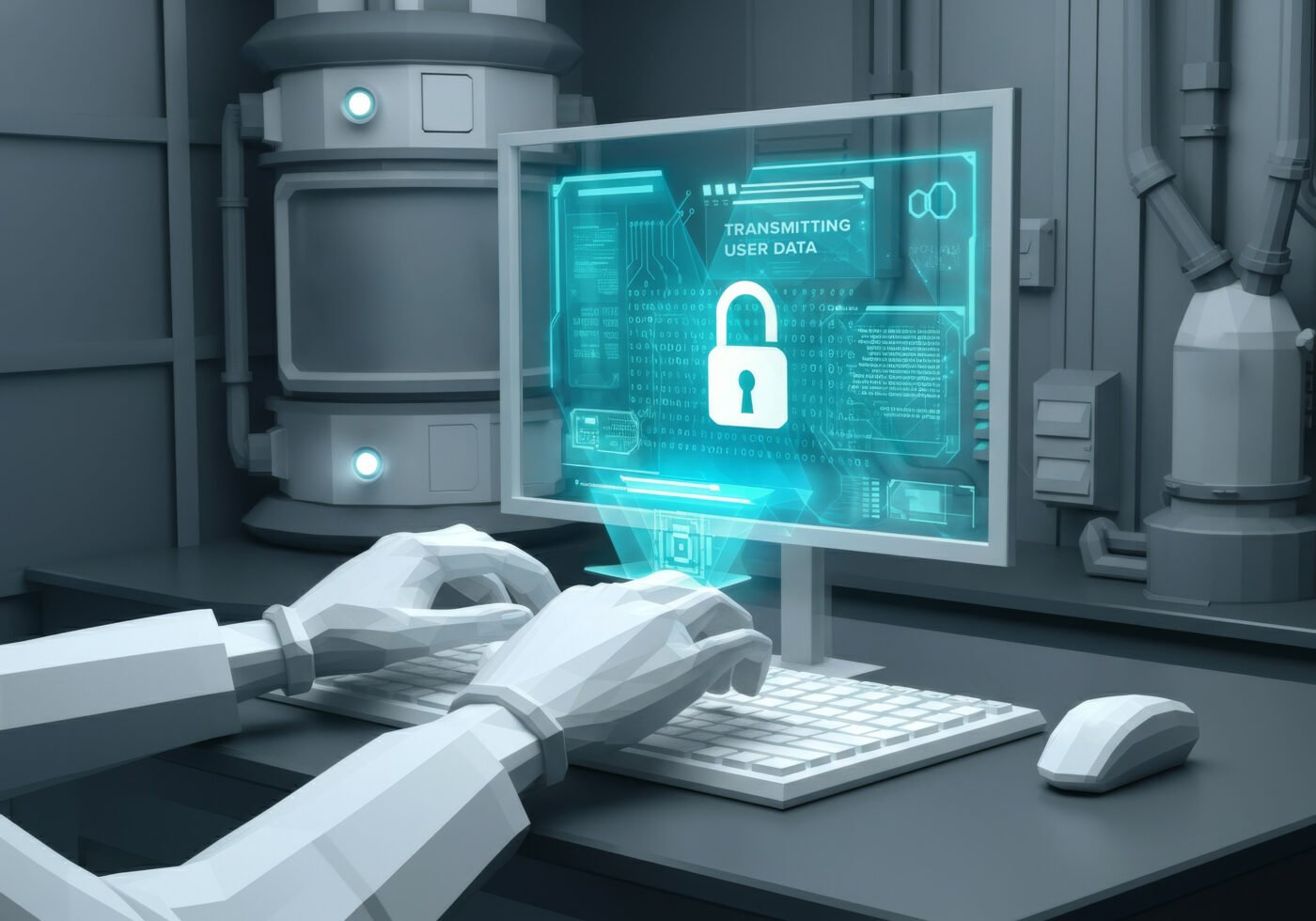The Stakes in Privacy Violation Litigation: Why Proof of Data Transmission Decides Cases

When litigating privacy violation claims—whether under the Electronic Communications Privacy Act (ECPA), the Computer Fraud and Abuse Act (CFAA), or state consumer protection statutes—cases often hinge on one deceptively simple question: can you prove that sensitive data was transmitted without consent?
Opposing counsel will argue that transmissions were accidental, encrypted, or untraceable. But expert witness analysis can reveal the hidden patterns, timing, and methods that turn suspicion into admissible evidence.
Why This Matters for Attorneys: Turning Forensic Analysis into Legal Strategy
Courts demand more than allegations of privacy violations. Plaintiffs’ attorneys must show concrete evidence of unauthorized transmissions. Defense attorneys must be prepared to challenge that evidence’s reliability. In both contexts, expert witnesses provide the technical rigor necessary to meet evidentiary standards and persuade judges and juries.
Our data privacy experts at Quandary Peak Research bridge the gap between highly technical forensic methods and the legal arguments attorneys need to advance in litigation.
Core Expert Methodologies in Data Transmission Cases
Uncovering Hidden Data Streams
Privacy violators rarely send sensitive information in plain sight. Instead, they rely on layers of encoding, hashing, or compression—methods like Base64, SHA-256, or Brotli—to disguise transmissions. Expert witnesses methodically peel back these layers to reveal the actual flow of keystroke data. For attorneys, this analysis can establish intent: the deliberate concealment of data collection strengthens arguments for willful misconduct, which can directly impact liability and damages.
Proving Interception as It Happens with Real-Time Monitoring
Through continuous monitoring of HTTP and HTTPS traffic, experts capture when and how personal information moves across networks. Even when payloads are encrypted, patterns in timing and packet size can expose real-time interception of keystrokes.
For attorneys, this distinction is crucial: evidence of immediate transmission may support claims under the Wiretap Act (Title I of the ECPA), while evidence of delayed or stored transmission may instead implicate the Stored Communications Act (Title II).
Linking Third Parties and Establishing Liability
Modern websites often route captured data through complex chains of third-party services—content delivery networks, analytics providers, or marketing platforms—before reaching its destination. Expert witnesses trace these flows to map the complete journey of intercepted information. For attorneys, this analysis is essential for identifying all responsible entities and expanding the defendant pool to include third-party beneficiaries of the unauthorized collection.
Forensic Evidence That Holds Up in Court
Sophisticated technical findings only matter if they are admissible. Experts preserve chain of custody through packet captures, deploy “honey tokens” like unique email addresses to prove subsequent misuse, and create reproducible environments that withstand cross-examination. For attorneys, this translates into clear, defensible evidence—proof that data was not only transmitted but also exploited, tying the violation directly to harm.
“In my experience testifying in data privacy cases, opposing counsel often tries to blur the line between technical complexity and evidentiary reliability,” says Isaac Pflaum, Senior Director of Software Litigation at Quandary Peak Research.
“That’s why it’s critical to build a record that is both technically rigorous and legally persuasive. Attorneys need to know that a violation occurred and they need evidence that can survive challenges in court.”
By integrating this kind of testimony into the case strategy, attorneys gain not only a technical roadmap but also a seasoned expert who understands how judges and juries evaluate evidence.
Timing and Scope: Demonstrating Systematic Violations
Experts test across browsers, devices, and operating systems to uncover how privacy-violating systems adapt their behavior. They also analyze the timing of transmissions—whether data is sent immediately with each keystroke or in larger batches triggered by user actions. For attorneys, these findings demonstrate systematic and deliberate practices rather than isolated errors, undermining defenses that claim accidental or limited collection.
Meeting the Daubert Challenge: Making Technical Evidence Court-Ready
Expert testimony must survive Daubert and similar challenges. That means reproducibility, transparency in methodology, and the ability to explain complex forensic analysis in plain terms. Quandary Peak’s software experts are experienced not only in the technical work, but also in presenting that work in a manner courts accept and juries understand.
What to Remember in Privacy Transmission Cases
- Evidence wins cases: Technical analysis of data transmissions is critical to proving privacy violations under federal and state law.
- Intent matters: Concealment methods uncovered by data privacy experts often establish willfulness, raising potential damages.
- Liability is shared: Cross-domain analysis can expand the defendant pool to third-party service providers.
- Admissibility is everything: Expert methods must withstand scrutiny under evidentiary standards.
- Quandary Peak delivers: Our software expert witnesses combine technical mastery with courtroom experience, ensuring attorneys can confidently build or defend their case.
Quandary Peak Research provides expert witnesses who translate sophisticated data transmission analysis into legally persuasive, court-ready evidence attorneys can rely on.
Get Started








